
It’s no secret that our skin starts to show signs of wear and tear as we age. Fine lines and wrinkles are some of the most common concerns that people have as they start to notice these changes in their appearance. Although there are a number of cosmetic procedures that can help to reduce the appearance of wrinkles, injectable fillers have become increasingly popular in recent years. But do they really work?
What are injectable fillers?
Injectable fillers, also sometimes called dermal fillers, are substances that are injected into the skin in order to help add volume and smooth out wrinkles. There are a number of different types of injectable fillers on the market today, each composed of other ingredients. Some of the most popular types of injectable fillers include hyaluronic acid-based fillers, collagen-based fillers, and fat grafting.

Here’s everything you need to know before getting fillers:
- There are different types of injectable fillers.
Not all injectable fillers are created equal. There are different types of injectable fillers made from other materials, and each type of filler is best suited for various purposes. For example, some fillers are made from hyaluronic acid, which is a substance that naturally occurs in the body, while other fillers are made from synthetic materials.
- Injectable fillers can be used to treat a variety of concerns.
Injectable fillers can be used to treat a number of different concerns, including wrinkles, fine lines, acne scars, and more. The best way to determine if injectable fillers are right for you is to consult with a board-certified dermatologist or plastic surgeon who can assess your individual needs and recommend the best course of treatment.
- There are risks associated with injectable fillers.
As with any medical procedure, there are risks associated with injectable fillers. Possible risks include swelling, bruising, and infection at the injection site. Be sure to consult with your doctor beforehand to make sure that you are aware of all the possible risks and side effects associated with injectable fillers.
- Injectable fillers are not permanent.
One of the benefits of injectable fillers is that they are not permanent, which means that you can try them out without making a long-term commitment. However, it’s important to keep in mind that most types of injectable filler will only last for six months to one year before they need to be reapplied.
- Injectable fillers may not be covered by insurance.
Depending on your individual insurance policy, injectable fillers may or may not be covered. Be sure to check with your insurance provider beforehand so that you know what is and is not covered.
- The cost of injecting able fillers varies depending on the type of filler used. The cost also varies depending on the amount of filler used, as well as the geographical location where the procedure is being performed. To get an idea of how much injectable fillers might cost you, consult with a board-certified dermatologist or plastic surgeon in your area.
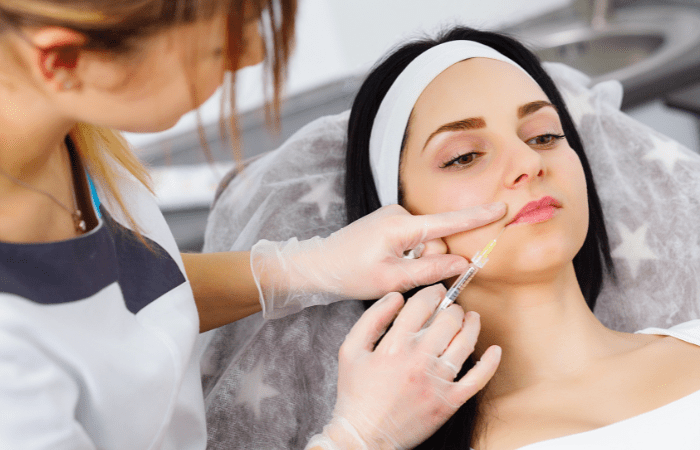
The 5 Benefits of Injectable Fillers
There are many benefits that come with getting injectable filler treatments. Here are just a few of the most notable ones:
1. They can give you a more youthful appearance.
As we age, our skin loses collagen and elasticity, which can lead to wrinkles and sagging skin. Injectable fillers can help to plump up the skin and smooth out lines and wrinkles, giving you a more youthful appearance.
2. They can be used to target specific areas.
Injectable fillers can be used to target specific areas of the face that you would like to improve. For example, if you have deep wrinkles around your mouth, you can specifically target those with filler injections. This allows you to get very specific results from your treatment.
3. The results are immediate.
Unlike some other cosmetic procedures, such as Botox injections, the results from injectable fillers are immediate. You will see a noticeable difference after just one treatment session.
4. They are relatively affordable.
While the cost of injectable fillers will vary depending on the type of filler used and the area being treated, they are generally much more affordable than surgery or other invasive procedures.
5. The side effects are minimal.
The side effects associated with injectable fillers are usually very mild and temporary. The most common side effects include bruising, swelling, and redness at the injection site; however, these typically resolve within a week or two.
How do they work?
Injectable fillers work by physically filling in the spaces beneath wrinkles and fine lines, resulting in a smoother appearance. Fillers can also help to add volume to areas of the face that have lost volume due to aging, such as the cheeks. Depending on the type of filler used, results can last anywhere from six months to two years before touch-ups, or additional treatments are necessary.
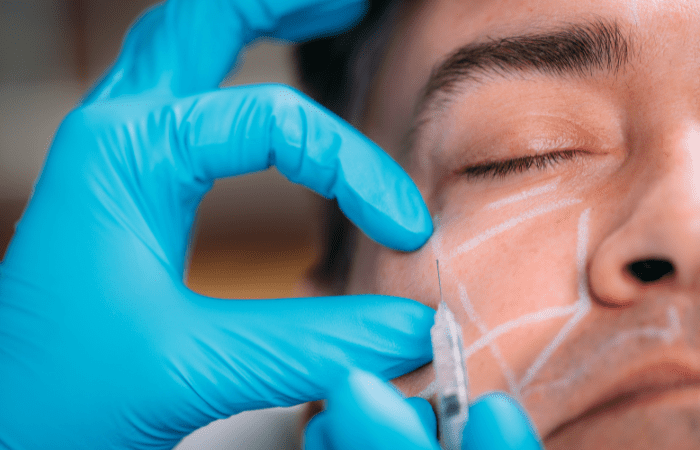
What To Expect During The Procedure
Before getting injectable fillers, your doctor will assess your medical history and perform a physical examination. They’ll also ask about your goals for treatment and what you expect from the procedure. Be sure to give them a complete picture of your medical history and let them know if you have any allergies or sensitivities.
The actual procedure only takes a few minutes and is usually performed in an outpatient setting. Your doctor will clean the treatment area and then inject the filler material into your skin using a fine needle. You may feel some discomfort during the procedure, but this can be minimized by numbing the treatment area beforehand.
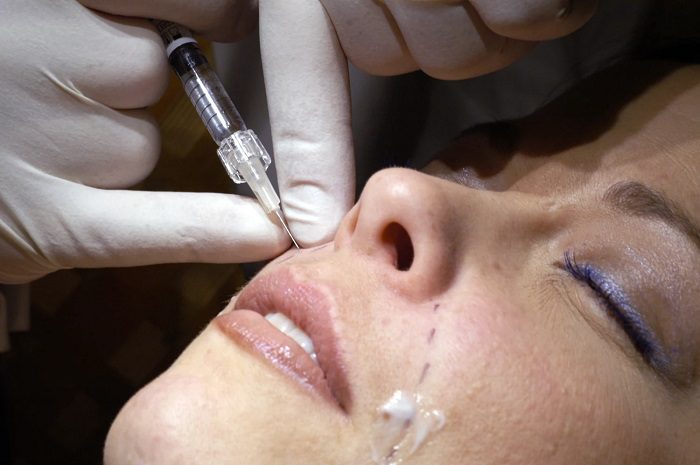
After The Procedure
Although side effects from injectable fillers are rare, they can include bruising, swelling, redness, and pain at the injection site. These side effects are usually temporary and should resolve within a week or two. In rare cases, more serious side effects can occur, such as infection or allergic reaction. Be sure to follow your doctor’s instructions for care after the procedure and call them if you experience any unusual symptoms.
Most people only need one treatment session to achieve their desired results from injectable fillers. However, depending on the type of filler used and your goals for treatment, additional treatments may be necessary to maintain your results.
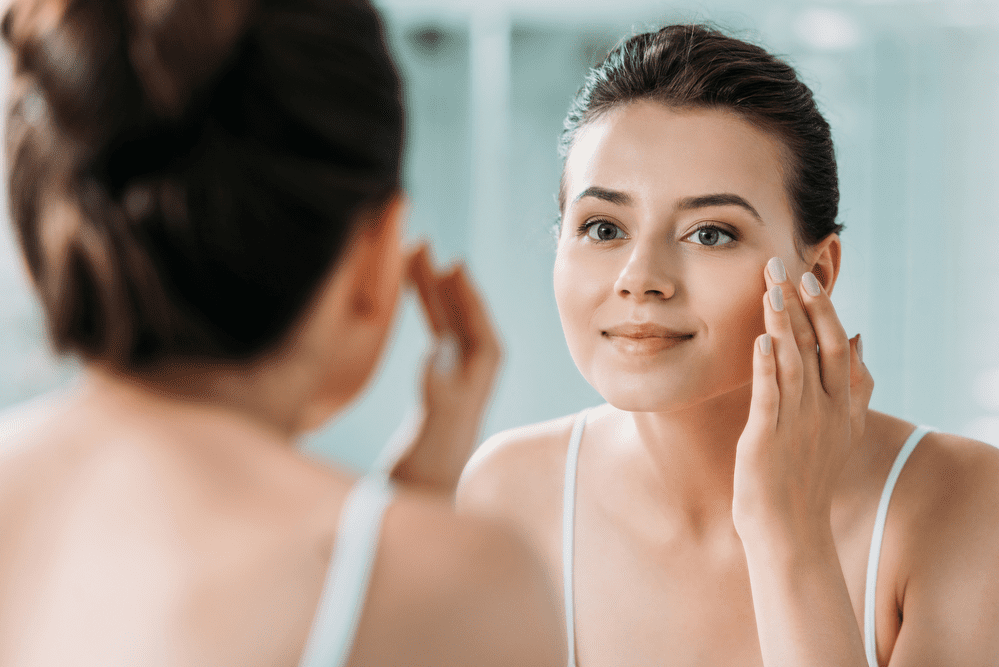
Are Injectable Fillers Safe?
Injectable fillers are medical devices that are used to correct facial wrinkles and folds, such as smile lines. They are made from different materials, including hyaluronic acid, collagen, and fat. Injectable fillers are generally safe and effective when used by experienced physicians. However, like all medical procedures, there are some risks involved. The most common side effects include bruising, swelling, and pain at the injection site. These side effects usually resolve within a few days. Rare but serious side effects can include blindness and allergic reactions.
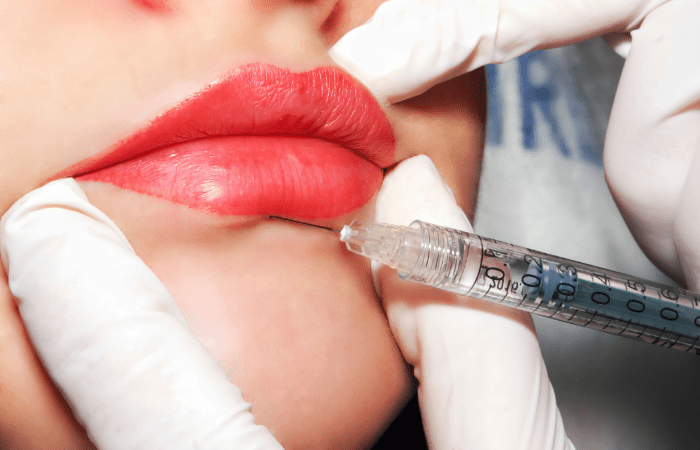
Before you decide to undergo a cosmetic procedure, it is important to consult with a board-certified dermatologist or plastic surgeon to discuss the risks and benefits. These doctors will be able to help you decide if injectable fillers are right for you.
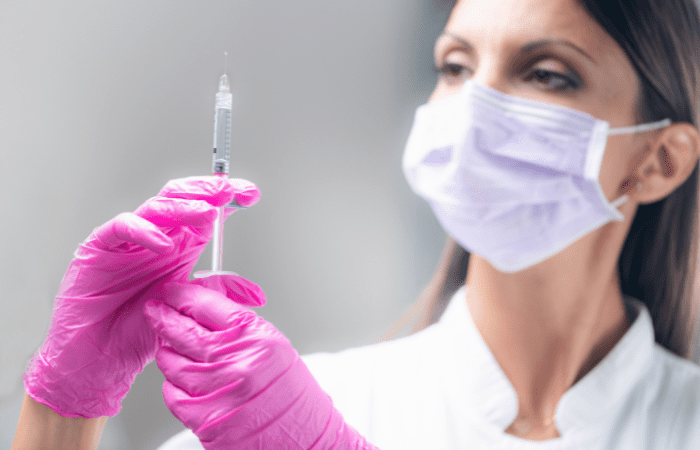
How Soon Can I Wear Makeup After Getting Fillers?
Most dermatologists and plastic surgeons recommend waiting at least 24 hours before applying makeup after getting fillers. This gives the filler time to settle into place and also allows any bruising or swelling to go down.
If you do decide to apply makeup sooner than 24 hours after your treatment, be sure to use a gentle, non-abrasive cleanser and avoid using harsh scrubs or exfoliants. It’s also important to avoid touching or rubbing the treated area too much, as this could cause the filler to move around.

What Kind of Makeup Should I Use?
It’s best to stick with mineral-based makeup when you have fillers, as these products are less likely to clog your pores or irritate your skin. Avoid using waterproof mascara or other waterproof products, as these can be difficult to remove and may pull on the delicate skin around your eyes. You should also avoid using makeup with glitter or other sparkles, as these can highlight any imperfections in your skin.
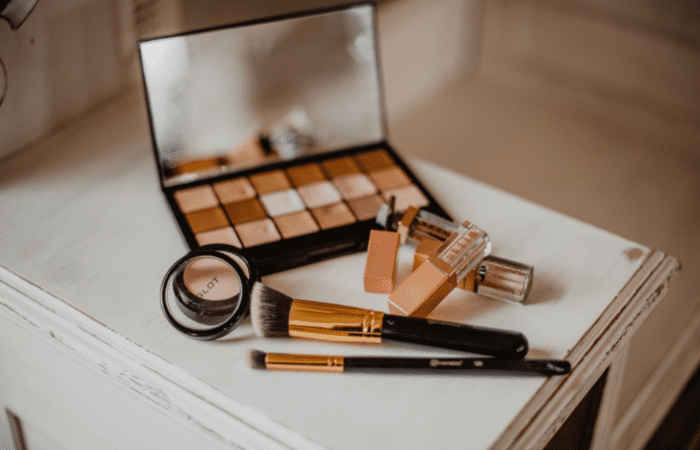
How Long You Should Wait to Get a Facial After Fillers
The short answer is that you should wait at least 24 hours before getting a facial after filler injections. This is because the injected area needs time to settle and may be sensitive. Additionally, it is important to avoid massaging or rubbing the injected area for at least 24 hours, as this can cause the filler to migrate.
If you are considering getting a facial soon after your filler injections, be sure to inform your aesthetician ahead of time so they can take appropriate precautions. For example, they may avoid using products that contain active ingredients or exfoliants in the treated area.
In general, it is always best to err on the side of caution when it comes to cosmetic procedures and treatments. If you have any questions or concerns, be sure to ask your doctor or aesthetician before proceeding.

Final Thoughts
Overall, injectable fillers are a safe and effective way to reduce wrinkles and achieve a more youthful appearance. However, it is important to consult with a board-certified dermatologist or plastic surgeon beforehand to ensure that the procedure is right for you. Additionally, be sure to follow your doctor’s instructions for care after the treatment and avoid using makeup or getting facials for at least 24 hours. By taking these precautions, you can help ensure that your results are long-lasting and satisfactory.
Frequently Asked Questions (FAQs)
What should you not do before getting fillers?
Refrain from using topical medications like Tretinoin (Retin-A), Retinol, Retinoids, Glycolic Acid, or other "anti-aging" treatments. The region that will be treated should not be waxed, bleached, tweezed, or used with hair removal lotion. A couple of days before the procedure, start taking Arnica.
At what age should you start using fillers?
Your mid-20s are frequently an excellent time to start if you're considering dermal fillers to fight indications of aging. Around the age of 26, your body begins to lose collagen and bone, so now is a good time to start maintenance injections. You'll use less product if you start earlier than if you wait until you're in your mid-50s.
Does your face go back to normal after fillers?
Everything will return to normal once your body has absorbed the filler, which should take around eight months. As opposed to before, when it was likely just swollen areas and not filler.
When do face fillers look their best?
If you choose injectables to smooth out fine lines and wrinkles, add volume to your face, or tighten sagging skin, you should see results almost right away. Even though everyone is different and has different effects, most people can see the results of their injections within 24 to 48 hours.




